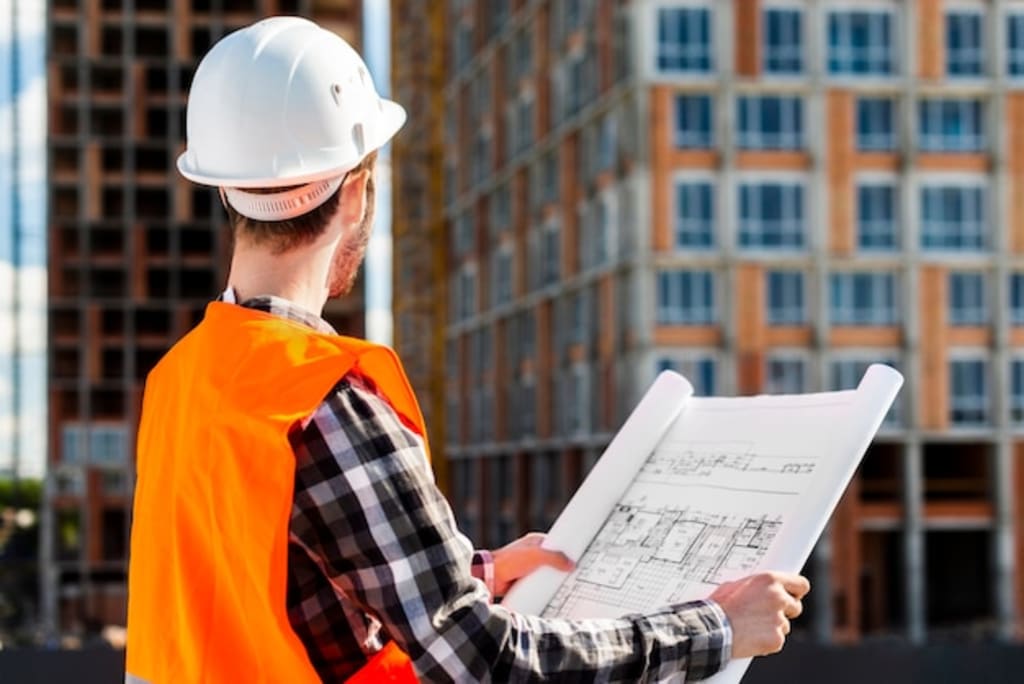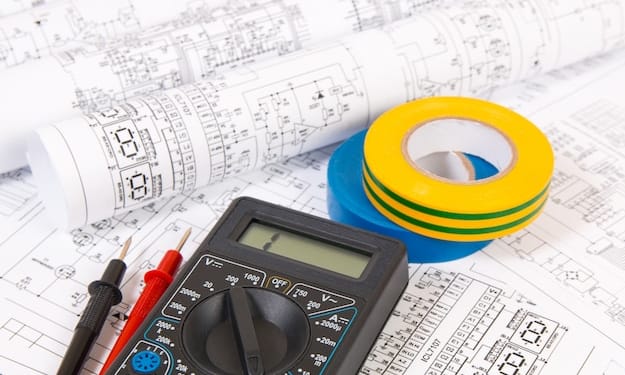What are the Best Methods for Cost Estimating in Construction?
Learn about different methods of cost estimation in construction and understand their applications by reading this informative article!

Cost Estimation in Construction is no easy task, especially for a common man. One has to be very attentive during cost calculations. A simple error could result in loss and deflect the entire project. This is the reason why many contractors opt for professional cost estimators to create a budget. A cost estimator is competent enough to carefully analyze the building's design and forge a financial estimate.
Now there are many different methods to do this. Many different approaches have been introduced over the years. It is up to the estimator to decide which one would be best for the project. They also make sure to take into account what the client desires. If you are a project manager, this article is especially for you! So without any further ado, let's get into it!
Methods of Cost Estimation
Cost Estimating In Construction lays out a map for the entire construction scheme. There are many courses of action one can take while outlining a precise budget for a construction project. Some of them are given below.
Top-Down Estimating
Top-down Estimating refers to computing the amount of the entire project and then dividing it into small categories. Let's take for example Cost Estimation in House Construction. You find out that the total cost of the project will be $150,000 so you divide it into groups. You allot $500 to site surveys, $800 to labor, $1500 to engineering fees, etc. The top-down-estimating method has proven itself to be quite useful. It is widely used by estimators for its accuracy.
Bottom-Up Estimating
Bottom-down estimating is the opposite of top-down estimating. In this method, the price of every aspect is determined first and then the total cost is calculated. For example, for an MEP estimate you calculate the number of materials, labor, and equipment needed. Then you total this cost to create a budget for the client. Bottom-up estimating proceeds from specific to general. A lot of estimation services are using bottom-up estimating as it's practical. It has yielded precise results and satisfied the clients.
Analogous Estimating Method
In the analogous estimating method, an estimator analyses data from past construction projects to predict future costs of the project. This approach also addresses the duration of the planned project. One project is compared to another project that has similarities.
During Cost Estimating in Construction, estimators may sometimes feel like having their backs against the wall. Why is that so? The main reason is lack of information available about the project. So this technique is used when there is limited information available about the construction scheme. construction estimating is made easier due to this method. It is a top-down approach. So former projects are evaluated in terms of expense and these findings are applied to future projects.
Parametric Estimating Method
In cost estimation in construction, parametric estimation methods are more prevalent. In this method, one also utilises historical data as well as statistics but it is based on units. The construction project is divided into unit bases such as per square foot and then the cost is calculated. So the cost of one unit is first identified and then multiplied. This approach is more accurate as compared to analogous estimating methods. Through parametric estimating, an expert can easily calculate;
Cost of the project
Time taken to finish the project
How many resources are needed?
It combines historical and statistical data. If an estimator considers this approach, he must go through information about the previous projects. Otherwise, he can make an error in calculation.
Three-Point Estimating Method
As the name suggests, in a three point estimating method three different estimates are provided to the client. It provides a range to the subcontractor.
Optimistic Estimate
An Optimistic estimate represents the best-case scenario. If the project goes as planned and there aren't any deviations then what shall be the budget. It works to predict the budget under ideal conditions.
Pessimistic Estimate
Opposite to the optimistic approach, the pessimistic approach represents the worst-case scenario. It gives an estimate of the expenses in case of many detours.
Most likely Estimate
Most likely estimate is a realistic approach to the plan. It provides the client with a practical future budget that is more likely to be possible.
Conclusion
Coming to the end, there is no best approach. Some companies may choose to go for a combined strategy. Each one of the estimating methods has its advantages. It depends on the project and the expertise of the estimator to determine which method to opt for. The method you choose will decide the outcome of the project. At the end of the day, creating an accurate budget for the construction scheme ensures proper work. Cost estimation in construction aligns the whole project and saves the client from any losses.






Comments
There are no comments for this story
Be the first to respond and start the conversation.